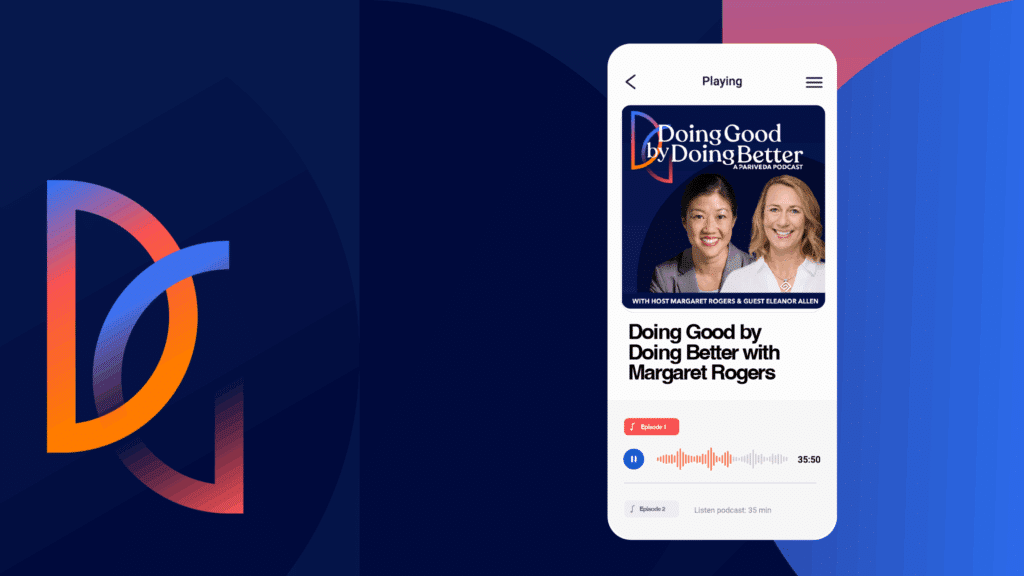There is a lack of genuinely elegant software that truly stands out in the market. While this is subjective, elegant design is more likely to produce market winners because it costs less and goes to market sooner. It achieves value beyond a minimum viable product and scales in capability and capacity to attract users with enhanced, highly performant functionality. It does this without accelerating technical debt while generating excess returns to reinvest in lowering costs and time to market in a virtuous cycle.
Understanding the need for elegance in software design
Consider the uncontroversially subjective domain of clothing fashion, seemingly far removed from software. Elegant clothing is “a harmonious blend of refined aesthetics, exquisite craftsmanship, and timeless sophistication that embodies a sense of grace and poise, captivating attention with understated yet captivating allure,” per ChatGPT. As observers, we usually understand why we care about elegant clothing.
Our understanding is less so with software. We seldom behold more than the tip of an application’s iceberg. The design qualities of elegant software mirror those of clothing, and both are grounded in nature’s design. The natural human for clothing. The nature of the business metasystem for software – people, structure, process, and technology, interacting with those of other businesses in its extended ecosystem. We can better understand why we care about elegant software by enumerating its design qualities. Because software designers have over a hundred documented qualities to consider, prioritization is subjective.
Observable qualities of elegant software
- Simplicity: Avoid unnecessary complexity. Easy to understand and follow, reducing the chance of error, making it more maintainable.
- Abstraction: Hide complex implementation details. Expose only necessary information and interfaces for interacting with the system, freeing other actors from understanding internal complexities.
- Extensibility: Add new features or functionality without significantly modifying the existing codebase.
- Scalability: Handle increasing loads and growing data volumes.
- Performance: Optimize critical sections, minimize unnecessary computations, and leverage data structures.
Internal qualities of elegant software
There are also important internal qualities: modularity, loose coupling, high cohesion, maintainability, and more are typically subordinate to external ones. These qualities are not easily discerned from afar by observers. The opposites of the external and internal qualities listed above – such as ornateness, exhaustive features, “power” user interfaces, and complexity – are often conflated with elegance. Often these are the remnants of brute force success through time.
Elegant examples of software design
These illustrate the described qualities as working examples across a broad spectrum, not necessarily superlatives. This is subjective.
- Unix: Unix was designed with simplicity, clarity, and modularity. Its command line interface (CLI) was the first widely recognized and adopted text-based interface for users to access its many powerful features through a set of small, focused tools that could be combined to perform complex tasks while hiding its underlying complexity.
- Google search: The user interface and other features were influenced by Unix’s modularity and CLI. Its modular search architecture allowed Google, and its users, to handle vast amounts of web data with fast and relevant results. Its minimalist interface design echoes the Unix principle of “doing one thing and doing it well.” A small, powerful tool hiding the underlying complexity of search and the web pages it searches.
- Fastback backup and recovery: Originally developed by LANovation in 1992 for SOHO PCs and now part of IBM, it represented a breakthrough in performance – generally running five times faster than its competitors. Backup applications have characteristically simple user interfaces. The key differentiator is performance. Fastback creatively reframed the backup problem from “all files must be backed up,” a simple brute force view of the problem, to “every bit must be backed up.” Working at the bit level to minimize disk head movement (bit-by-bit in a block vs. file-by-file) was much faster with early hard drives. Further reframing to “only incremental data that has changed needs backup” led to even more efficiency.
- Recent examples: There are more recent examples to consider. The limiting form factor of the cell phone incentivizes applying elegant design principles such as Spotify and Audible user interfaces and Stripe’s API for developers. ChatGPT considers these elegant, Audible, perhaps less so. ChatGPT does not consider itself elegant. Perhaps the data suggests it is premature. Time is a useful test of the endurability of elegance, as seen in the above examples. Subjectivity can be controlled for decades.
Consider your own favorites, starting with highly commercially successful ones, and catalog their observable qualities. Most will be elegant.
Leveraging nature for design principles
Human design is at its best when it takes its lead from nature’s principles, whether it’s clothing or software.
- Aesthetics: Pleasing to human senses, implying simplicity, symmetry, and understated beauty in the eye of the observer.
- Parsimony (Occam’s Razor): Balancing unnecessary complexity or explanation favoring economy of thought and designing in the essential needs of the user in their environment. Sustainable success is not about the solution or technology. It is about harmonizing with the qualities of the environment for a resilient solution.
- Creativity: Out of-the-box thinking, reframing the problem to solve it more simply and completely. Integrating causal threads hidden in often ignored white noise or anomalies.
- Clarity: Communicating in a clear, concise, and well-structured way using precise and logically organized, evocative language to convey ideas and information effectively. Parsimonious information output.
We have come full circle. As the elegant Ouroboros (snake eating its tail) symbol illustrates, everything is an interconnected part of the whole. Nature’s circularity of rebirth and renewal is sustained. The designer’s pursuit of transformation and endless cycle of refinement leads to more elegant solutions, fewer me-too solutions, and more market-leading software products.



















